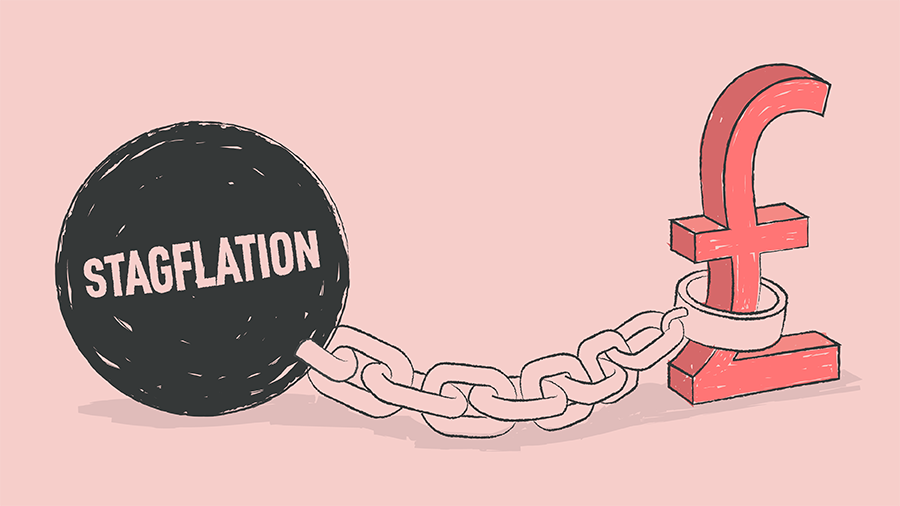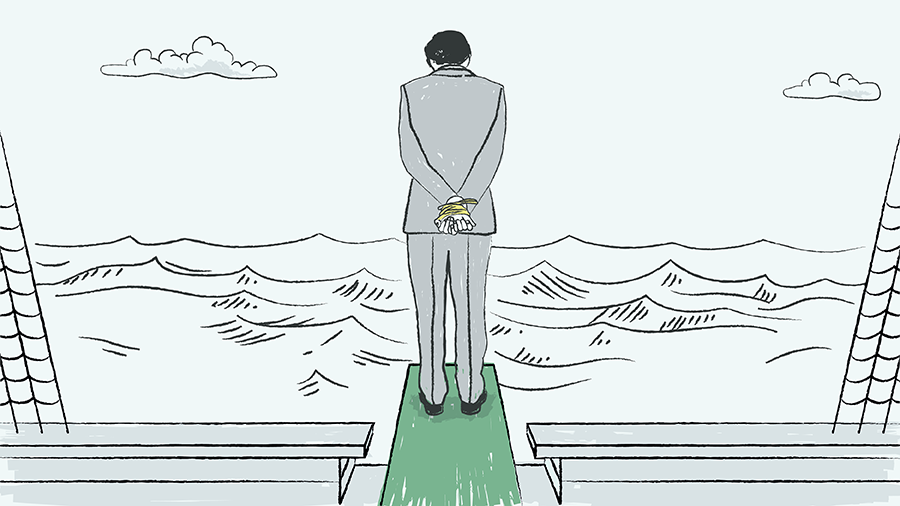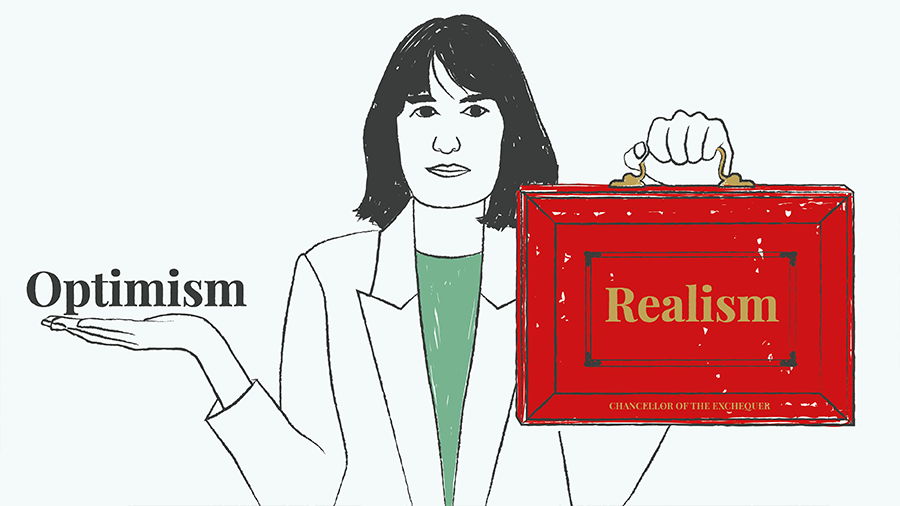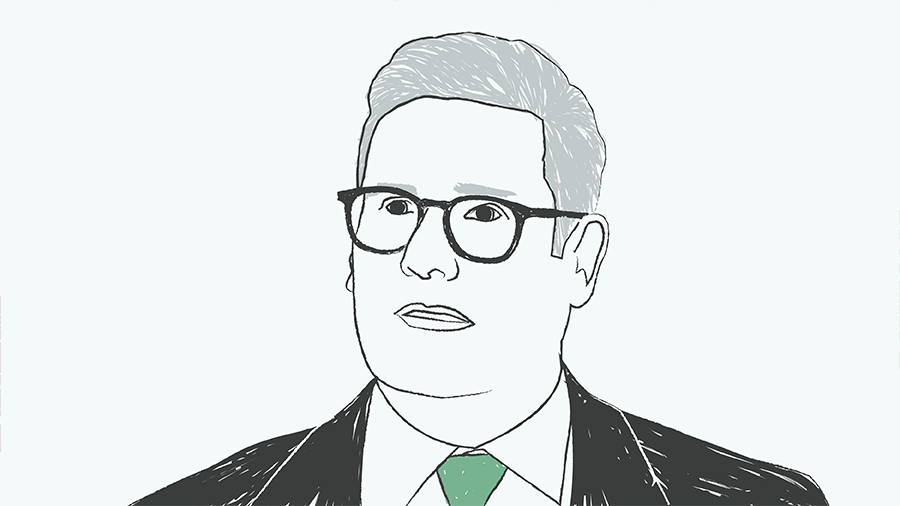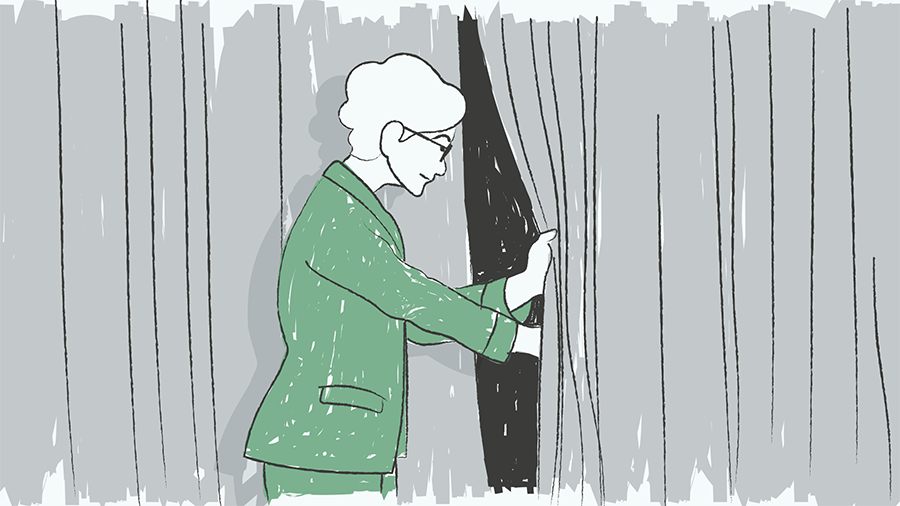 The comparison with the chief executive is particularly apt given that by some estimates 85% of chairs used to be a CEO at some point, often at the same company.
The comparison with the chief executive is particularly apt given that by some estimates 85% of chairs used to be a CEO at some point, often at the same company.
It can be problematic for them and for the business if they don’t know the difference, or the particular ways in which a chair adds value. The same trap can befall founders of growing companies who want the credibility of a top-notch board, and who gravitate towards former CEOs with the most towering reputations – and egos – to lead them.
The trouble can be that, almost uniquely among business positions, it can be near impossible to measure whether a chair is actually doing a good job, because so much of it is about supporting behind the scenes, rather than taking business decisions.
Besides, if they are doing a good job, their success can often only really be measured a decade or more in the future, such is the long-term scope of their remit.
Fortunately, there are some principles that separate an effective chair from a board-director-shaped albatross around your neck, which can give you an idea if your current incumbent is up to the job.
Great chairs lead the board… but don’t lead the company
It is the chief executive’s role to lead the business, define the vision, set the strategy, and ultimately deliver results. Chairs who try to get involved in a CEO’s decisions or – worse – try to override them will only sow confusion and dysfunction, and prevent either of them from doing their job properly.
This can be quite the psychological adjustment for former CEOs who become chairs – they have to learn to ask questions rather than offer solutions, influence rather than command and support decisions rather than making them. Not all of them are up to it.
However, this doesn’t mean chairs don’t lead. They provide the board with the leadership it needs to fulfil its vital role: framing how decisions get made at the top of the business, keeping the CEO accountable and keeping the strategy aligned to the best interests of the shareholders.
This leadership has several dimensions.
Great chairs know how to select great board directors – people with complementary personalities, skills and experience, and with the independence to challenge consensus as well as contribute to it.
They also know how to run great board meetings, keeping the conversation from being dominated by any one person (especially by themselves), ensuring all directors carry their weight, making sure the most important items on the agenda get the most time and making sure the meeting ends with a clear, consensus decision.
Much of the work is done outside of the meeting itself, through rigorous prep, regular one-to-ones, quality briefing notes and meticulous follow-ups.
The best chairs – like all the best leaders – will constantly seek to improve their performance in these tasks, for example by seeking objective feedback from directors and third parties.
Great chairs get into the details… but don’t get lost in them
It’s a mistake to think that having such a big picture role means chairs shouldn’t concern themselves with the details of how their business is run. Boards cannot scrutinise management’s strategy or performance if they don’t know what’s actually happening.
Great chairs therefore ensure that the board gets the right data to discuss. They do this by building a relationship of mutual trust and respect between themselves and the senior leadership team, and by establishing clear expectations around what information the board should see, in what format and how often.
Of course this requires them to have sufficient understanding of the business to know what data to ask for, and to know how to interpret it. Sometimes the chair will have this expertise, but if not then they should make sure someone on the board does.
Again, it’s important not to go too far with this: a great chair, even more than a great CEO, will never micromanage.
Great chairs support the CEO… but aren’t afraid to fire them
The most effective chairs provide more than the checks and balances of good governance, they help the CEO to make better decisions. In part this is simply by keeping them accountable (unaccountable people eventually make terrible decisions).
But there’s more to it than that. Chairs can provide advice and support, particularly in a crisis. They can use their often formidable personal networks to connect the CEO to people who can offer even more advice and support. They can help the CEO understand sentiment among the shareholders, while taking the primary investor relations responsibility off the CEO’s plate.
An underrated benefit of a great chair is to ask great questions (or to draw out those questions from the board), constructively challenging a CEO’s thinking in a way that few others can.
A common characteristic of effective chairs is therefore the ability to forge strong business relationships with the CEO. But the elephant in the boardroom is that the chair, along with the rest of the board, has the responsibility to remove the CEO if they’re not up to the job.
Taking such drastic action can sit very uncomfortably, given how the rest of the chair’s role is rooted in influence and soft power, so the final thing a great chair should have is the courage to act when required.
Find all these things and you’re onto a keeper.





